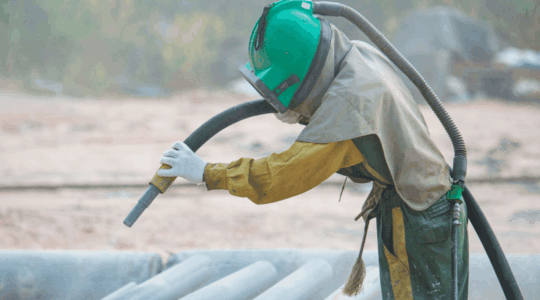Loss Control
Equitable Safety: Ensuring Proper Personal Protective Equipment for Women in Construction
Workers of all sizes must have access to properly fitting PPE.
July 24, 2024
Personal protective equipment (PPE) is required on all job sites and for a multitude of tasks in the construction industry. PPE was designed for the average construction worker for many years, but this does not include most women. The mismatch can be more than just uncomfortable—it can be unsafe and cause more hazards than it is designed to minimize.
According to the U.S. Bureau of Labor Statistics, one in ten construction workers is a woman. All construction workers deserve the right equipment—and equipment that fits right.
Proposed Rule: PPE in Construction
To address this gap, OSHA has published Proposed Rule 88:46706-46720, which explicitly requires that PPE used in the construction industry fit correctly. Why is this necessary? Until recently, for example, no manufacturers produced fitted protective gear for maternal females. These workers had to order larger-sized, high-visibility safety vests and customize them at home to fit their changing bodies. Now, there are creative solutions in PPE for purchase for women of all sizes, as well as those in the maternal stages. When passed, OSHA’s rule will help ensure that all workers have access to properly fitting PPE.
PPE Providers for Women
The Center for Construction Research and Training has curated a list of companies that manufacture and provide PPE for women construction workers. Gear includes safety glasses, gloves, shoes, vests and more.
How Can Construction Employers Help?
A safe workplace is a productive workplace. Here are five steps employers can take to protect their employees:
1. Foster a safe workplace that prioritizes the proper use of PPE as essential and non-negotiable.
2. Educate employees about proper fit and selecting the correct size PPE.
3. Provide a range of sizes and options if providing PPE or an allowance for ordering needed items.
4. Conduct regular safety audits of all employees on PPE and work practices.
5. Lead by example. Provide all staff with the right equipment and advocate for safety within the industry.
How Can Hylant Help?
Hylant helps employers—including those in the construction industry—identify, quantify and prioritize safety-related risks and ways to address them strategically. Learn more here about how we can help you strengthen your safety, compliance and cost-control efforts.
Related Reading: The Heat Is On: Keep Your Workplace Safe
The above information does not constitute advice. Always contact your insurance broker or trusted advisor for insurance-related questions.


